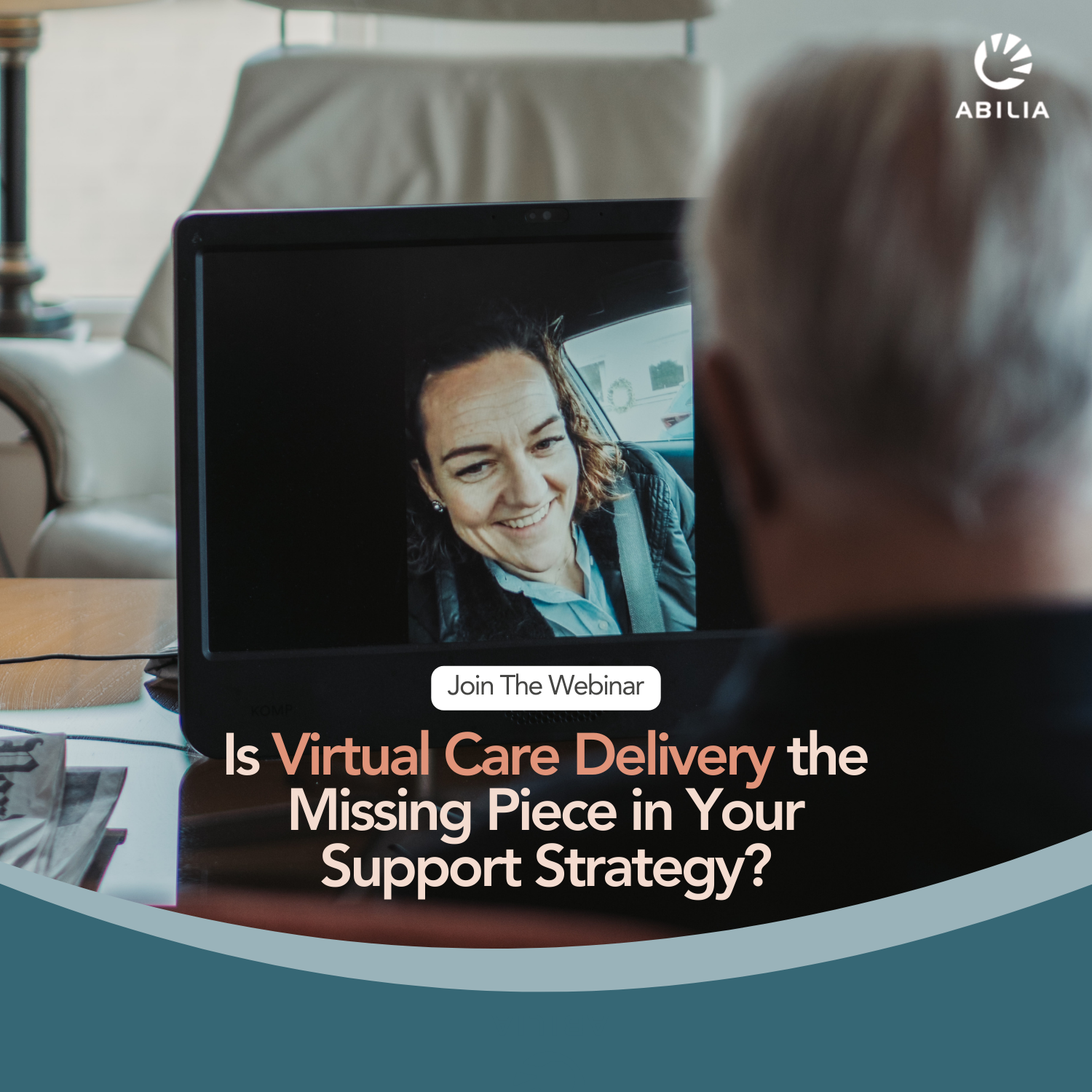Virtual Care Delivery: Where We Are and Where We’re Headed
There was a time when the idea of working from home seemed unrealistic. Only forward-thinking companies dabbled in it. Then the world changed—suddenly, video calls, home offices, and flexible hours became normal. What felt far off became part of our daily lives.
Now, something similar is happening in the world of care. Virtual Care Delivery is at a turning point. It’s not just a futuristic idea—it’s becoming a real part of how we support people.
A Shift in Progress
We’re in a transition phase. While more than 30% of councils have already brought in virtual care, and half aim to by March 2026, it’s still unfamiliar territory for many. Understandably, people have questions:
How will this work in practice? Will it feel impersonal? Does it really help?
These are fair concerns. And like most big changes, this one takes time.
Why Things Are Changing
There’s a growing body of evidence—and rising pressure to try new approaches. Our population is ageing, care needs are becoming more complex, and resources aren’t stretching far enough. Traditional services are under significant strain, and care teams are doing their best with what they have.
But they can’t do everything alone. That’s where Virtual Care Delivery comes in—not to replace face-to-face care, but to work alongside it, helping extend support to more people, more efficiently.
The Challenges We Share
Whether you’re in a remote village or a busy city, care staff face real, everyday hurdles:
- In rural areas, long travel times, unpredictable weather, and limited transport add layers of difficulty.
- In urban areas, it’s a different kind of intensity—high demand, fewer staff, and growing complexity.
Despite these differences, one thing is the same everywhere: the need for care is growing, and so are the pressures on those providing it. If you would like to learn more about the challenges, you can listen to the podcast with Sales Director, Bryn Morgan.
The Business Case for Change
The business case extends beyond simple cost calculations. While the financial benefits are significant—with some organisations reporting cost avoidance of £3,000-5,000 per service user annually—the strategic value lies in creating sustainable, scalable models of care delivery. For an average provider, converting 65-70% of appropriate visits to virtual delivery creates a 42% capacity increase, enabling the same team to support 21 additional service users.
Our virtual care potential calculator will help you understand the conversion possibilities for your specific service. If you wish to develop a detailed ROI analysis, contact our team to access further tools and discover your care capacity growth potential.
Where Support Starts
To move forward, it’s important to work with the right people—care experts and technology partners who understand the landscape and can make the shift feel possible, not overwhelming. Supporting care professionals is one part of the equation. Making it work for families and informal carers is just as important.
We’re not quite at the finish line—but we’re getting closer every day. And the effort now will shape a stronger, more responsive care system for the future.

Join our upcoming webinar to learn more about how Virtual Care Delivery is transforming care services across the UK, with real-life use cases and practical implementation insights.
Our ROI calculations are based on UK domiciliary care averages from authoritative sources, including Skills for Care workforce data (2024), Nuffield Trust provider analysis, and UNISON travel time studies. Data shows the average UK provider serves 80 users with care workers earning £12/hour plus 15 minutes average travel time between visits. Evidence indicates that 65-70% of domiciliary care visits could potentially be delivered virtually, based on visit duration analysis showing 31% of visits are under 15 minutes (primarily welfare checks) and 55% are 15-30 minutes (mixed care types), with only 14% requiring hands-on personal care over 30 minutes.
